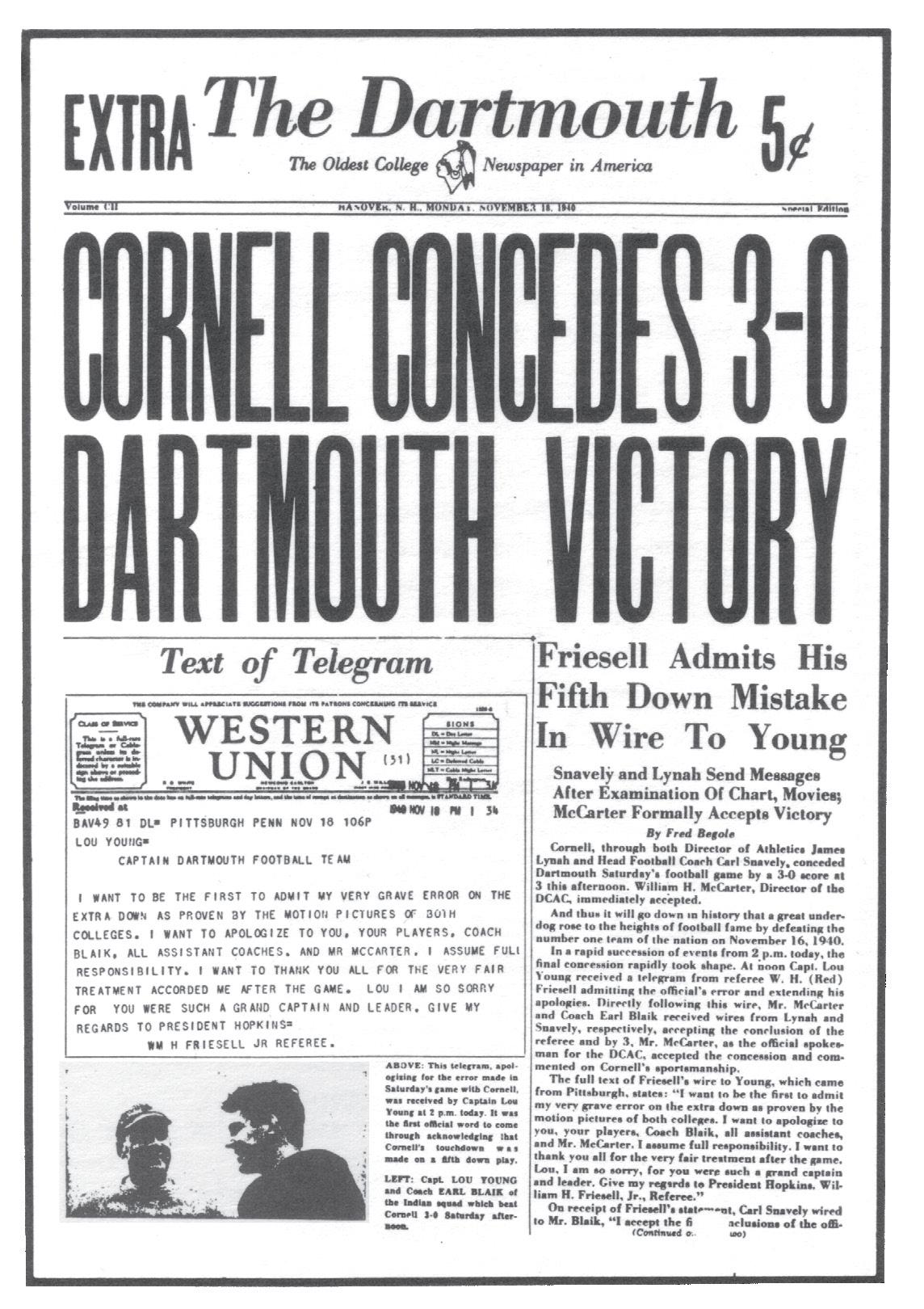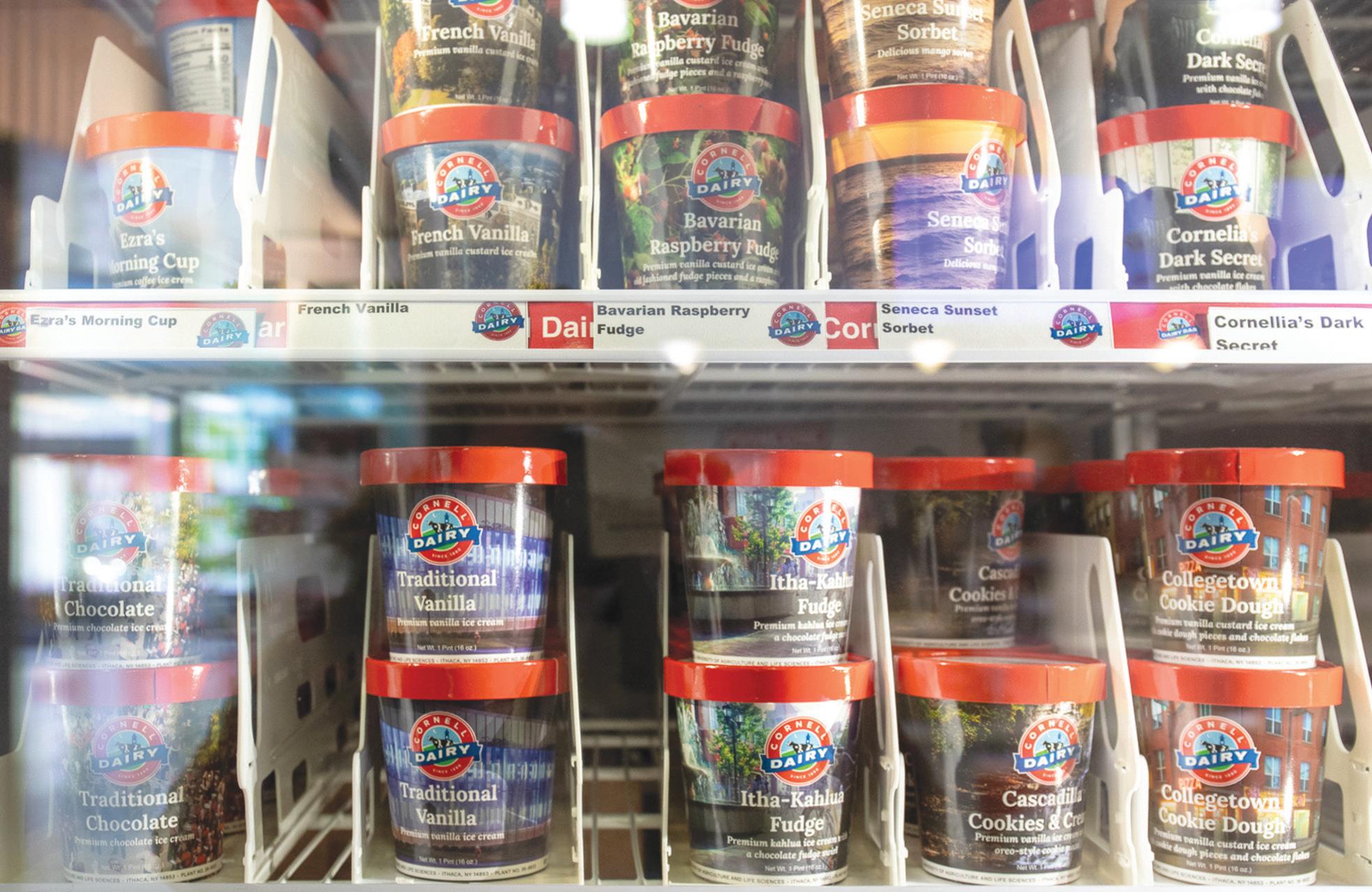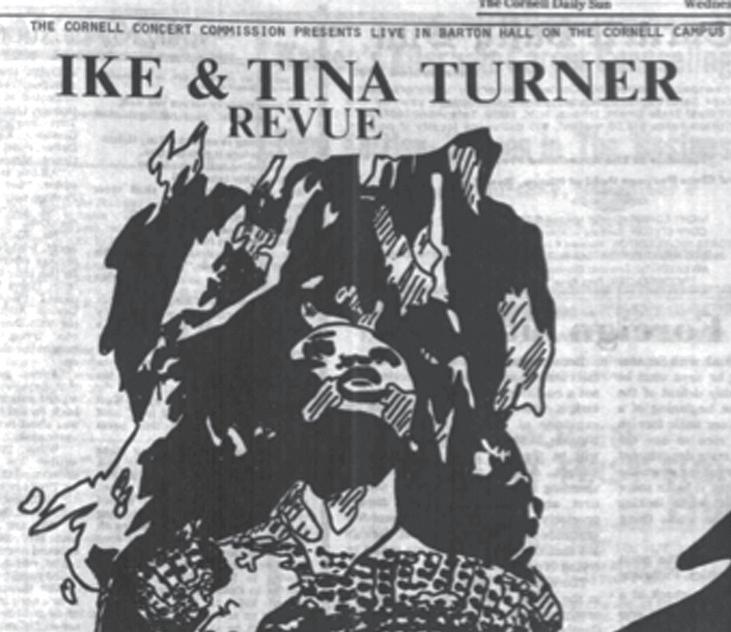2 minute read
Pollack Shares 2023 Goals
Next Article
By SOFIA RUBINSON and AIMÉE EICHER Sun Managing Editor and Sun Assistant Managing Editor
es in University grant aid for all undergraduates who qualify for financial aid.
will bring a diverse range of ideas and experiences to enrich campus life together.”
For the Class of 2027, 4,994 students were admitted in total, with 3,324 being notified on Ivy Day. An additional 1,670 applicants were admitted during the early-decision round in December.
The Class of 2026, with 71,164 applicants and 5,168 admits, had an all-time low acceptance rate of 7.3 percent. Acceptance rates for the Class of 2027 will not be released until the summer.
Prospective students continue to be drawn to Cornell’s vast number of opportunities. For Lucas Macedo ’27, who is from Brazil, Cornell’s unique agricultural sciences program inspired him to apply to the College of Agriculture and Life Sciences.
“I knew of all the available resources they have for someone who is interested in agriculture and how I would have access to so many opportunities that I would not have in other institutions,” Macedo said.
Reed Robinson ’27, who is from Portland, Maine, intends to major in Environment and Sustainability due to his interest in conservation.
To continue reading this story, please visit cornellsun. com.
This story was originally published on May 8.
The 2022-2023 school year brought both progress and controversy for Cornell, with the creation and continuation of various campus initiatives, disruptions in Greek life and more recently, tense discussions over the state of free speech at the University. Discussing these topics and more, President Martha Pollack sat down with The Sun to review her top priorities and stances on the most contentious issues affecting Cornellians.
Affordability
Cornell’s affordability is a primary concern for many Cornellians, with undergraduate tuition increasing by 4.4 percent going into the 2023-2024 academic year. Pollack commented on the financial resources required to sustain the University.
“To provide the kind of education we want to provide at Cornell, it’s very expensive. We do everything we can to control costs,” Pollack said. “But, world-class faculty are expensive, [as are] world-class labs and facilities [and] world-class libraries — so we need resources.”
Regarding the rise in tuition, Pollack emphasized that Cornell always increases financial aid with tuition. She noted that the University follows a structured budget model to control costs.
“If you look at the amount that students who receive aid pay and adjust for inflation, they actually pay less now than they did 20 years ago,” Pollack said.
The University launched the To Do the Greatest Good initiative in October 2021, which aims to raise $5 billion for the University by 2026. For the Spring 2023 semester, the campaign allowed for increas-
Pollack stated that the initiative is on track to reach its fundraising goals, which include $3 billion to fund the Ithaca campus, $1.5 billion for Weill Cornell Medicine and $500 million for Cornell Tech.
One of the goals of the campaign, Pollack said, is to improve socioeconomic diversity among Cornell’s student body. The University aims to increase the number of students on financial aid, though Pollack noted that the proportion of students on aid will not increase due to a rise in overall enrollment. Approximately half of Cornell undergraduates receive financial aid, Pollack said.
“If you compare to 2020, not only have the number of first-generation students increased from 13 percent to more than 19 percent, but the number of students who are coming with aid has increased by about 650 [students],” Pollack said.
Cornell’s endowment reported a 1.3 percent investment loss for the 2022 fiscal year, compared to a significant 41.9 percent gain during the year prior.
To maintain stability in the funds directed to the University, Pollack said the value of the endowment is averaged over a certain period, and the amount paid out in a year is based on this average. Pollack added that, when she came to Cornell, she expanded this period to seven years.
“What that does is it smooths the amount of money we have. So, when things go bad, we’re still averaging in those good years,” Pollack said. “When things get good again, you’re still averaging in from the bad years, but it protects you against drops in the future.”
To continue reading this story, please visit cornellsun.com.











